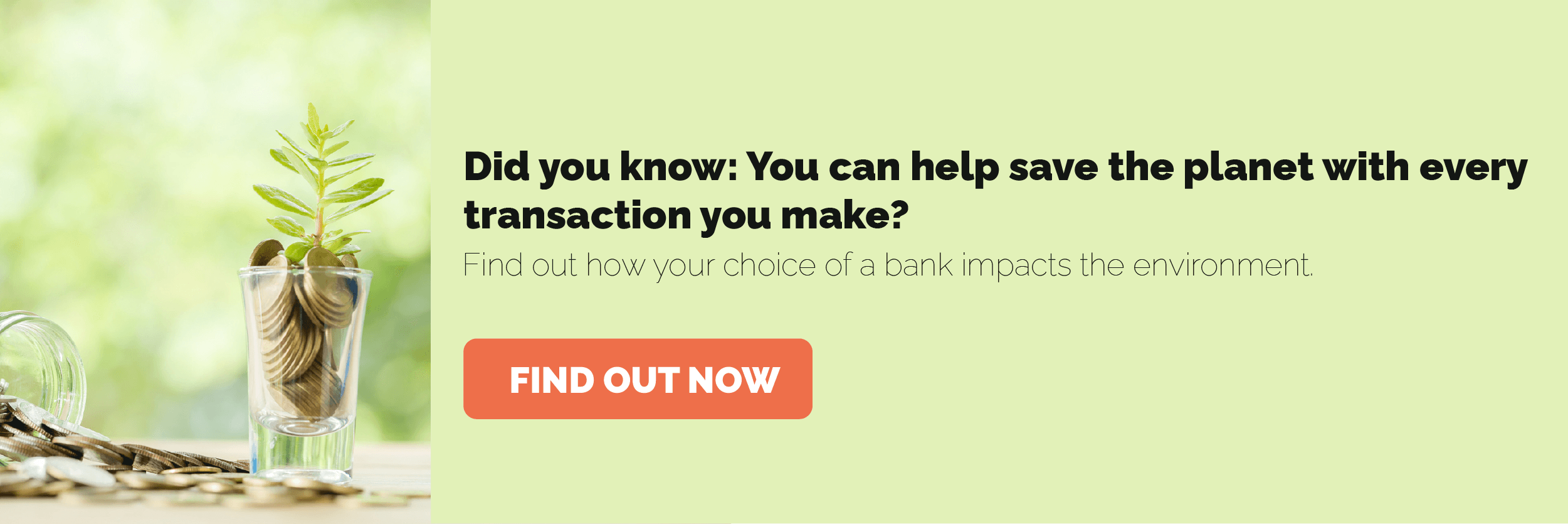
As a social enterprise mortgage broker, our mission is empowering individuals to create a better future for their families, our communities, and the planet by redefining how business is done. The concept of a social enterprise is still fairly new here in Australia. So, what exactly is a social enterprise and why do we believe in the power of using business for good?
In fact, social enterprises are now an increasingly growing solution for creating change using business as a tool. As implied by its name, a social enterprise’s primary purpose is delivering social impact through products and/or services. It focuses on social impact while sustainably covering operational costs and creating job opportunities.
Traditionally, businesses had treated purpose and profit separately. This is because the belief was that private benefit naturally opposed social benefit in a ‘zero-sum’ situation. A social enterprise is a start to innovatively restructuring business models to prove we can deliver both private and social benefits.
Types of social enterprises
As the concept of social enterprise is still relatively new, we have identified three types of social enterprises: redistributive, embedded impact, and blended.
1. Redistributive
Redistributive social enterprises utilize profits. Hence, they distribute profits to address social issues. We, at BFG, invest 50% of our commissions to address inequality.
Alternatively, redistributive social enterprises can utilize goods. For example, purchasing a pair of shoes and another pair gets donated elsewhere.
2. Embedded impact
Embedded impact social enterprises can be categorized as better for consumers, better for the environment, employment for the disadvantaged, and equal access.
- Better for consumers. Products are better for consumers whether it is medical technological advancement or healthier products.
- Better for the environment. Products created through recyclable supplies or ethical and equitable supply chains.
- Employment for the disadvantaged. Employing individuals from disadvantaged segments, for instance, people with disabilities, refugees, and ex-prisoners.
- Equal Access. Providing products or services that are usually not equally available for all members of the community. E.g. as a result of cost, lack of information or technology not being available

3. Blended
A blended social enterprise is a combination of various approaches such as redistributive and embedded.
Funding types
Social enterprises are funded in various ways to further their social impact. Such ways include:
- Philanthropy. Large scale charitable funding to impact projects.
- Equity investment (for profit). In exchange for some level of return, equity investors provide capital.
- Debt: secured versus unsecured. Obtaining funding from banks on secured debt against another form of asset or unsecured debt. Given the level of risk lenders take on, unsecured debt tends to have higher costs. Speak to us today to identify your business finance options.
- Sales. The offering of products and services to help increase funding.
- Hybrid. A combination of the above approaches.
According to research from sources such as Deloitte, Millennials and Gen Zs prefer to spend their income on products and services from brands that address issues of unemployment, environment, and inequality. The changing culture and the focus is becoming more on our everyday actions contributing to a much bigger impact collectively. We no longer separate parts of our lives between profit and purpose. Join us in the growing movement of transforming the way business has been done because business for good is good business.

Disclaimer: The information provided is general in nature and does not constitute financial advice. Please speak to us for recommendations on your individual circumstance and requirements.


